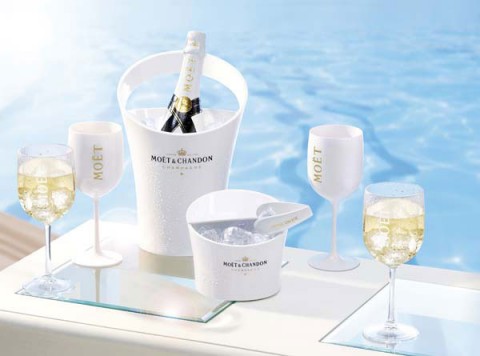alcohol irony: the word alcohol is derived from the arabic language (al kohl or alkuhl). consider the fact that a large proportion of the arab population is forbidden from consuming alcohol. last but not least the oldest wine making apparatus was found in current day iran, gotta feel sorry for the poor sods now!
ancient corking: as early as 4000 bc, the egyptians were the first people to use corks as stoppers, but…
not so ancient cork screwing: the corkscrew was only invented in 1860. how the fuck they opened it until then still remains a mystery.
ancient wine: there is a 1600 year old bottle of wine on display in the speyer museum in germany. (remember this when you next take a trip to germany!)
champagne bubbles: according to scientist bill lembeck there are approximately 49 million bubbles in a bottle of champagne. we however counted only 22 million.
outrageous alcohol laws: in fairbanks, alaska, it’s illegal to feed a moose any alcohol beverage
wine & colour: although red wine can only be produced from red grapes, white wine can be produced from both red and white grapes.
shipwrecked: the wreck of the titanic, holds the oldest wine cellar in the world and despite the depth and wreckage, the bottles are still intact.
wine disaster: 30 million gallons of wine were lost in the 1906 san francisco earthquake. proof that god does not care for wine.
 a visual collective outlet of inspiration
a visual collective outlet of inspiration
